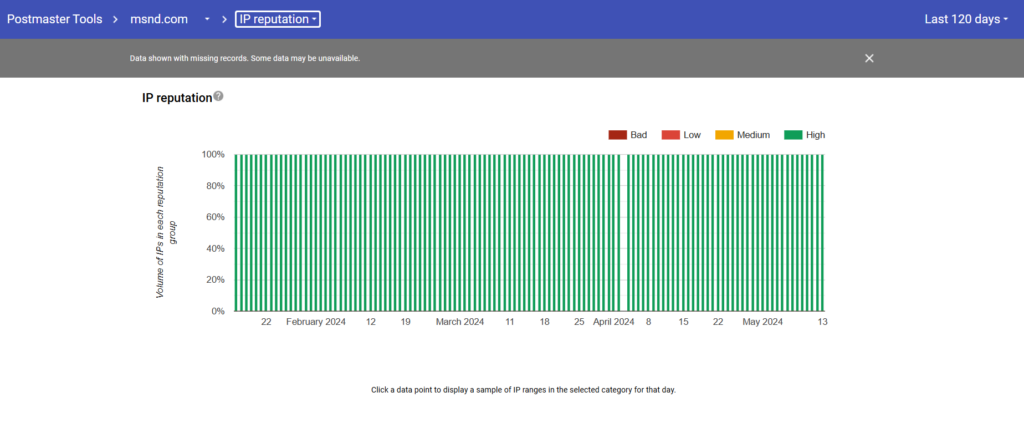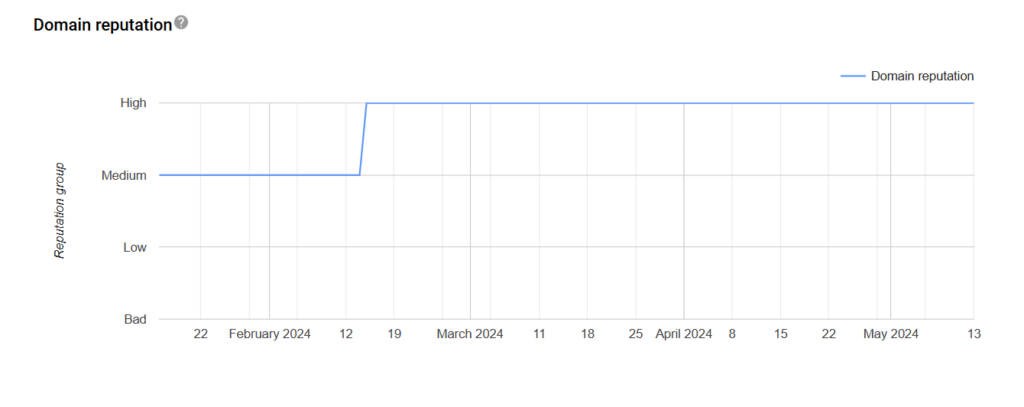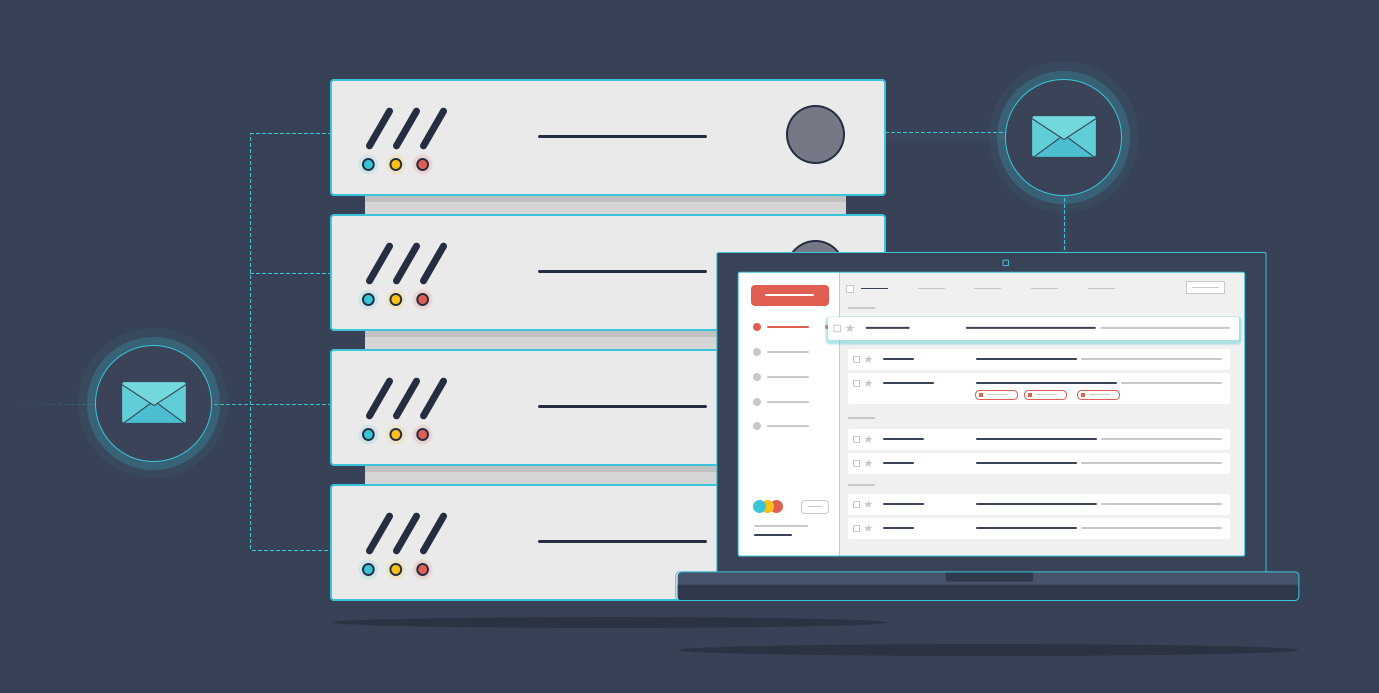
Gmail Cares About The Reputation Of Your Domain Name More Than Ever [2025]
In the fast-paced world of email marketing, making sure your newsletters actually reach your audience is crucial.
However, in the ever-evolving landscape of anti-spam mechanisms and algorithms employed by mail clients, maintaining high deliverability rates demands a nuanced approach.
Let’s delve into the key factors influencing the fate of your email campaigns.
Anti-Spam Mechanisms & Algorithms
Each mail client operates with its own set of anti-spam mechanisms, evaluating factors such as SPF, DKIM, DMARC, IP reputation, geographic origin, content analysis, and the reputation of your domain name.
These elements collectively determine whether your message lands in the coveted inbox or the dreaded junk folder.
In most cases, when you analyze a list, you will detect that around 60% or more of the recipients are under gmail.com or G-suite accounts. Following closely are Outlook and O365 users, with @yahoo recipients trailing behind. Understanding the unique spam detection systems of major providers is crucial for optimizing deliverability.
Insights into Outlook’s Enigmatic System: Outlook’s spam detection system remains shrouded in mystery, leaving marketers puzzled as to why legitimate messages occasionally meet an undeserved fate. Despite diligent analysis of email headers, uncovering Outlook’s secrets remains a formidable challenge.
Transparency of Gmail’s Approach
Gmail’s approach to spam filtering is notably transparent. Gmail provides insights into why a message was flagged as spam, often citing the reputation of the sender’s domain name as a decisive factor.

Gmail places significant emphasis on the reputation of the sender’s domain name.
A tarnished domain reputation, stemming from factors such as recipient behavior and content quality, can spell disaster for email deliverability.
Another way to ruin a domain name is not warming it up. Don’t blame the IP or the ESP. Changing ESPs or requesting to be transferred to another IP pool, won’t solve the problem that you caused to yourself. It is your recipients that are marking your campaign as a spammy message or your sender as a spammer. The ESP doesn’t affect the reputation of your domain name. Your actions do.
Remedying a tarnished domain reputation is an arduous task. While targeting engaged subscribers may offer a glimmer of hope, success is far from guaranteed. In many cases, a fresh start with a new domain or subdomain proves to be the most effective solution.
Essential Steps for Success
Here are a few things you can do:
Correctly configure DNS records, ensuring compliance with SPF, DKIM, and DMARC standards.
Use a DMARC checker tool, to be certain everything has been set up and working correctly.
Leverage Google’s Postmaster tools for invaluable insights into sender reputation, IP health, and domain performance.
Setting up Google’s Postmaster tools
So why do you need Google Postmaster tools? It’s free, it’s provided by Google, and it helps you maintain control over your email delivery.
Postmaster tools will help you identify if your recipients are marking your campaign as spam, the reputation of the IPs you are using, and the reputation of your domain name. You can use the data from the different dashboards to understand the best way for you to send your emails.


Keep in mind that the Postmaster tool will provide reputation details after sending a few campaigns.
Maintain clean email lists, prioritize clear and engaging content, and diligently warm up domain names to foster positive reputations.
Nurturing Your Domain: Treat your domain name as a cherished ally, deserving of meticulous care and attention. By prioritizing its health and reputation, you safeguard the efficacy of your marketing efforts and sidestep the pitfalls of deliverability woes.
In conclusion, as we navigate the intricacies of email deliverability in 2024, vigilance, adaptability, and a commitment to best practices are indispensable. By understanding the evolving landscape of anti-spam measures and diligently tending to domain reputation, marketers can secure their rightful place in recipients’ inboxes.
[Note: Moosend service maintains a portfolio of over 100 domain names, boasting exceptional reputations according to Google’s Postmaster tool, a testament to our dedication to deliverability excellence.]




